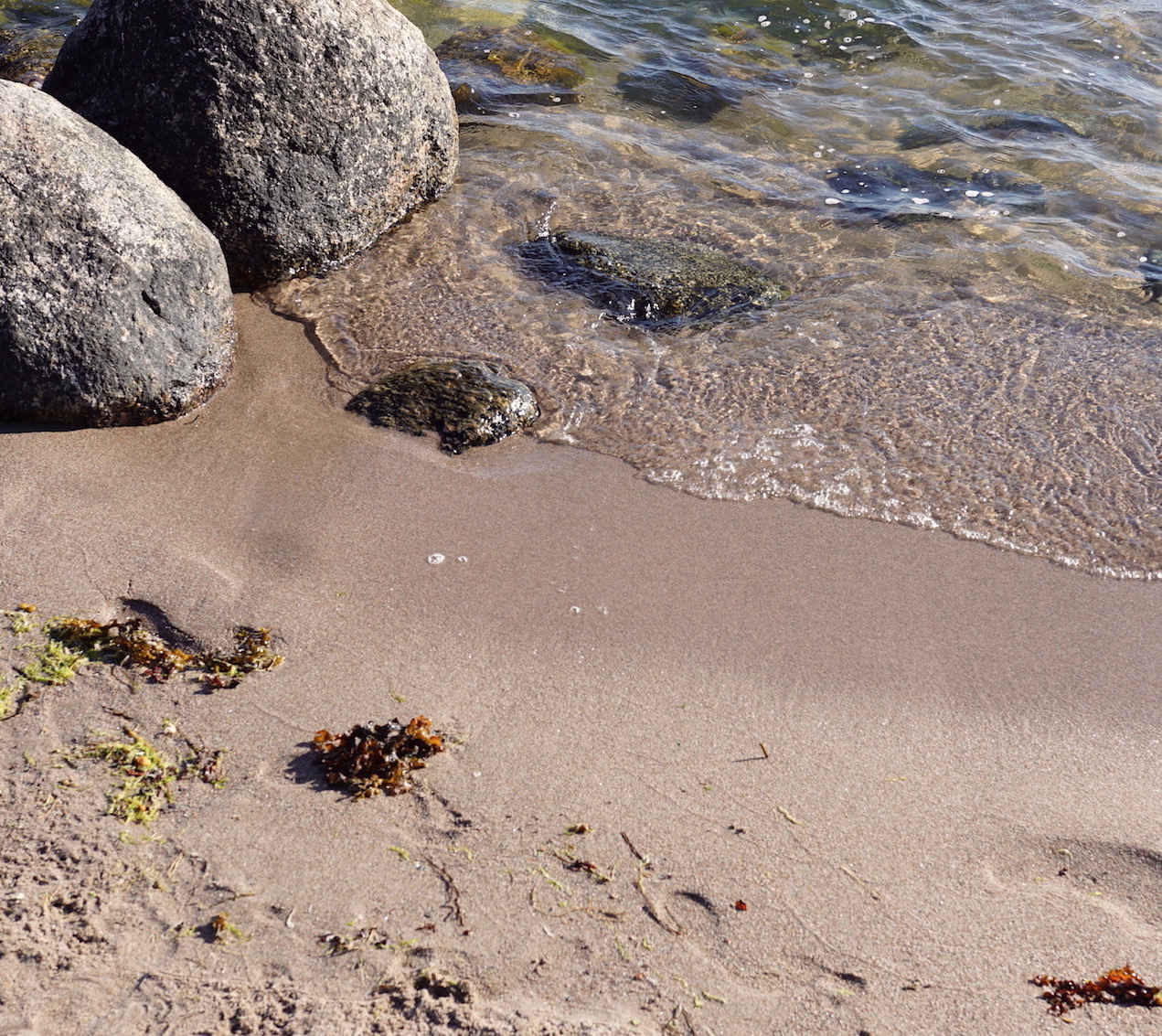
Sommarlov may look like “summer love” to English readers. In Swedish it means “summer holiday” but in our case, summer love works just as well!




July was incredibly warm and beautiful. Our little tribe spent the majority of our days by the sea out on various islands in the archipelago. And for a couple of weeks we stayed in a simple little forest cabin. The only downside this summer was the mosquitoes. It’s been the absolute worst year for mosquitoes that I can ever recall. But I made some natural bug spray that actually helped a lot, and I’ll share that formula below.


There are a few Wyld products I always take with us. Hand & body soaps for any type of cleansing we need, either at home or out on the beach. A bottle stays at the cabin and another in the car. All-purpose cleaning spray is literally the only cleaning product we took this summer, and we didn’t really miss all the others so much (except when our windows and mirrors get grubby).
Another summer holiday staple is the sunburn relief spray, which I’ve shared about before – and even shared how to make it yourself at home. Because I’m not always so diligent about re-applying the sunscreen. This spray works like a charm for milder sunburns (pink skin). I also discovered this summer that it makes a pretty decent face toner! Because I forgot to pack my toner, and yet the sunburn relief spray was actually kinda perfect for the sweaty days and nights with sun-kissed skin.
And then of course the bug spray. I brought it along to help repel ticks, but it was actually the mosquitoes that we needed the most help with. This bug spray is effective against both, as well as other biting critters.
To make your own natural bug spray, get yourself a 50 ml spray bottle. Fill it with about a tablespoon of vegetable glycerin. Now you’re going to add a lot of essential oils. Ready for this? Here we go. Add 20 drops of lavender, citronella, thyme, lemon eucalyptus, and geranium rose essential oils. Add 10 drops of atlas cedarwood, vetiver and peppermint essential oils. Add 5 drops of basil and clove essential oils. Fill the bottle with witch hazel (hamamelis virginiana) hydrosol. I use pure, alcohol-free witch hazel waters for this, but you can use regular witch hazel if that’s all you have. Put on your spray top and give it a good shake. Use it anytime you need, but please avoid eye contact, as some of the essential oils can burn your eyes.








Though the mosquitoes have been brutal, it’s been a great year for wild blueberries! Though I rarely get to taste them anymore now that I have kids. Can’t pick them fast enough for those little purple-stained faces and fingers.
But actually I am so happy that they enjoy wild berries. I really believe that wild local foods are so important for our health year round, especially in this northern climate where it’s very dark and cold for half of the year – which is a big stress on our bodies and brains. Wild local foods provide us with a ton of potent nutrition and natural protection. In fact, the harsher the environment, the more potent the berries are.
A couple of hours north, we can find wild cloudberries – forest gold. As well as lingonberries too – a staple of many Swedish dishes.
Now it’s getting time for wild mushrooms too, which I’m pure giddy about.


I’ve been able to harvest so many Wyld things this summer too, I feel incredibly grateful! Some things have grown in our own organic garden – calendula, comfrey, raspberry leaves, lavender, elderflower, oregano and thyme.
And many things wildharvested too – dandelion, rose, yarrow, plantain, stinging nettle, chamomile, red clover, nasturtium.
This year I’m also experimenting with a couple of new late summer things, namely heather and nettle seeds.
Gorgeous Heather was gathered from the wild forests on another island in the archipelago. I’m not exactly sure how I’ll use it, as there isn’t much information out there. I’m trying to go further back, because I’m sure that this hearty, ubiquitous plant was better known by our ancestors.
As for Nettle Seed, I’m really excited about this one! For a long time I thought that stinging nettles were only potent and useful in those spring months when the leaves are young and tender. But a couple of summers ago I became intrigued by the heavy, regal-looking seed pods that they produce in August.
Turns out, nettle seeds are edible, medicinal and perhaps even more nutrient dense than the leaves! So I’ve got some seed pods drying in the studio now and can’t wait to start playing. First, I think I will make a nettle infused salt, maybe with wildharvested plantain seeds added as well. A wyld herbal salt for sprinkling.
Soon it will be time for elderberries. And then after the first frost – rosehips, sea buckthorn, rowan berries, all sorts of roots.
Gah, how wealthy we are, just being alive on this rich, diverse, generous planet. The products of our agricultural and horticulture systems are fabulous, but the wild things are so special. They’re a million years in the making.

